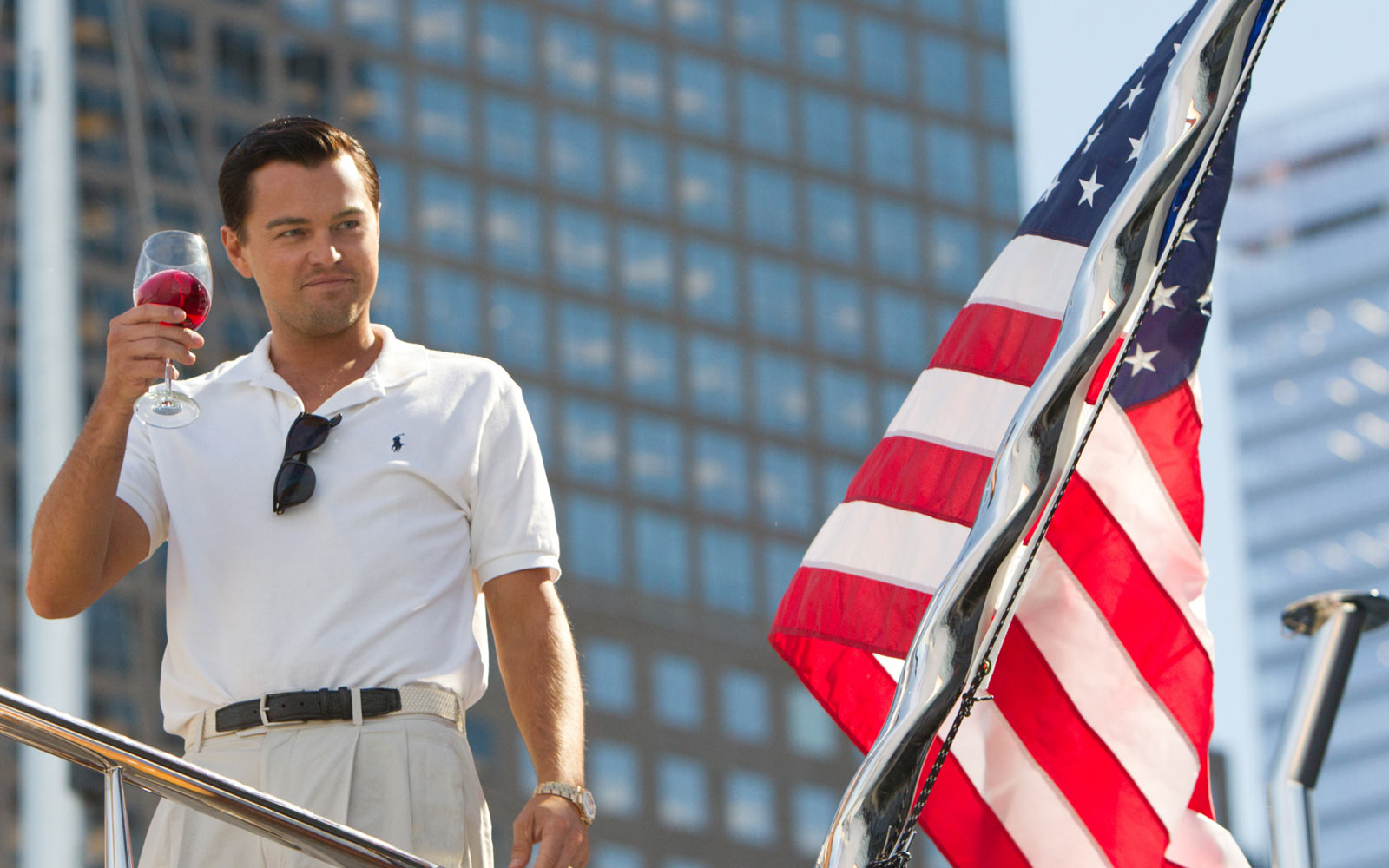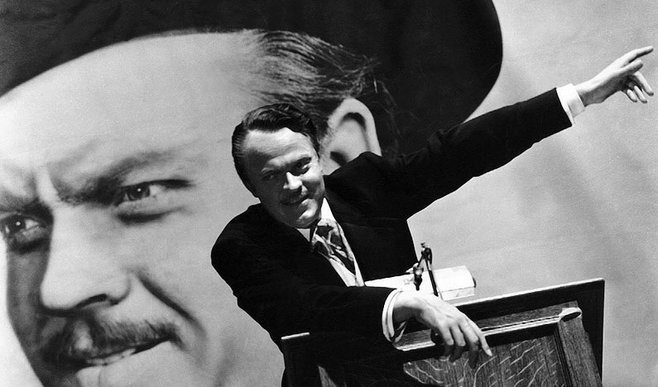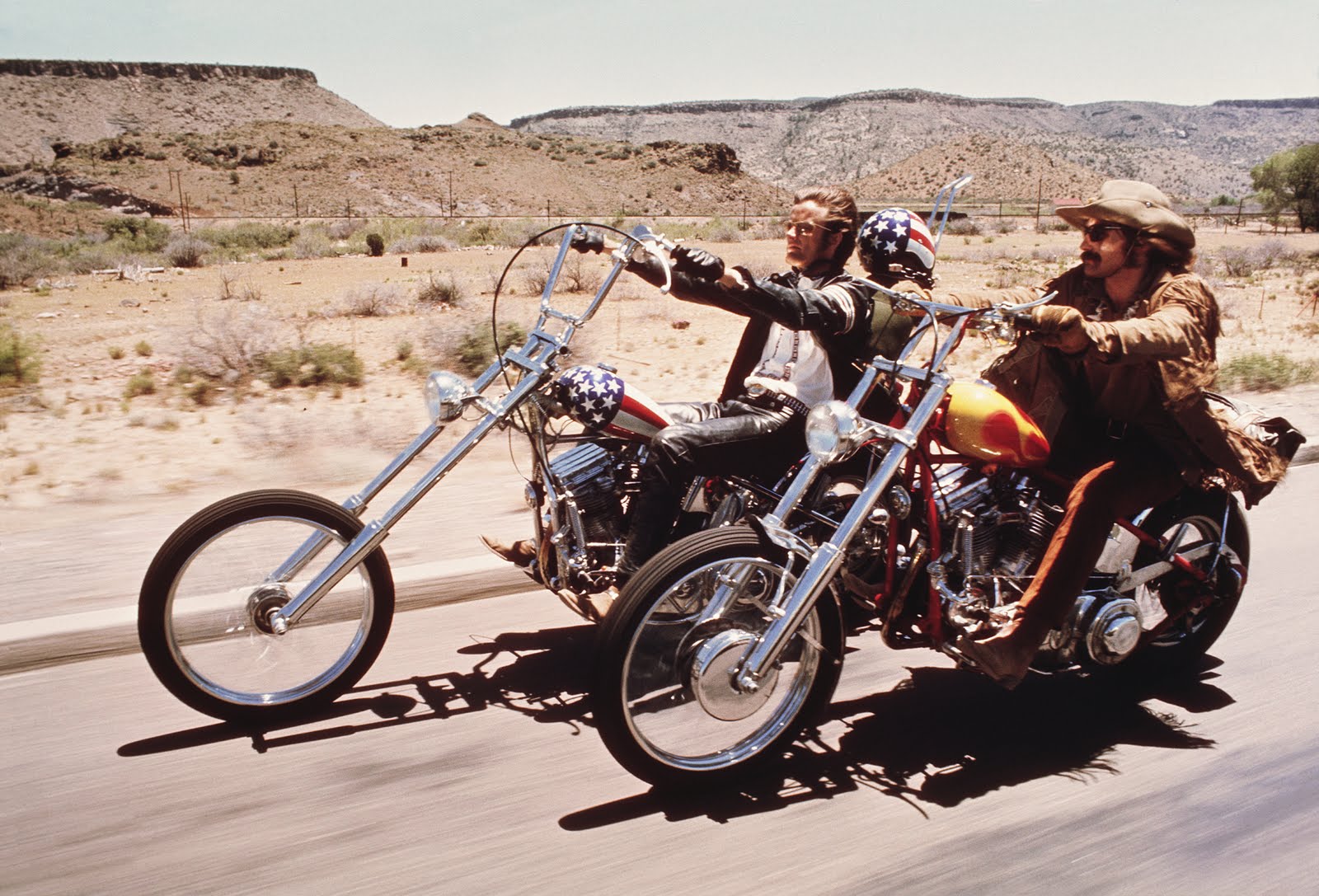The American Dream is probably the most pervasive idea in American culture. Work hard and you’ll become rich, successful and happy. It’s a notion that is repeated constantly in American pop culture. Still, the concept is just as routinely challenged as it is reinforced.
Here are the top 10 films that redefined the American Dream:
10. Citizen Kane (1941)
Orson Welles’ iconic film is as tied to the American mythos as the Dream itself. The story of a self-made man who becomes fabulously wealthy at the expense of his own happiness is one of the most frequently emulated stories in American cinema.
It is also perhaps the first cautionary tale about the dangers of achieving great success. Visually, Welles takes this idea to the absolute extremes, surrounding Charles Foster Kane with material wealth that only serves to further isolate him from the rest of the world as opposed to enriching him. From the outside, Kane’s estate of Xanadu feels like it should be a pleasure palace, but it soon transforms into a prison.
The secret at the center of the story — the meaning behind “Rosebud” — provides the film’s core critique of the American Dream. His simple impoverished childhood, as symbolized by his sled, was the only time he felt happy in his life. This is a happiness that wealth could never replace, despite the promise of the Dream.
9. Scarface (1983)
The tagline of the film pretty much says it all. “He loved the American Dream. With a vengeance.”
Tony Montana earns his American Dream, not through hard work, but through violence. His brutal climb to the top of a Miami drug empire turns a mirror on the film’s American audience and forces them to consider how an outsider might view the promise of wealth in America.
It’s all summarized rather succinctly by Tony in the first act of the film. “You gotta make the money first. Then when you get the money, you get the power. Then when you get the power, then you get the woman.” Tony’s formula for success in America is a perversion of the Dream, one which equates material wealth as a means to buy your way to a Hefner-esque male fantasy.
The second half of the film shows the result of this kind of thinking. Success is Tony’s downfall, just like it was for Charles Foster Kane. He becomes increasingly egotistical up until the final climactic scene, further isolating himself from every one in his life. What it reveals about the motivations behind the American Dream is that, for Tony, it was less about earning your freedom from others, but about imposing your dominance over others. For both Kane and Tony, the mirage of a fanciful life as promised by the American Dream is, in the end, just that: a mirage.
8. The Great Gatsby (2013)
Tony Montana might have had a copy of The Great Gatsby on the boat over from Cuba. This classic novel by F. Scott Fitzgerald, on which the 2013 film is based, features the same simplification of the male American Dream. Through years of hard work, Jay Gatsby reinvents himself into America’s version of a living god — a fabulously rich man — all in the hopes that it will earn him the love of Daisy Buchanan.
He too believes in the money = power = women formula, but at least to Gatsby, his actions are done in pursuit of love. Then again, it’s Gatsby’s misunderstanding of love that is the source of his tragedy. He has loved Daisy from afar for so long that he doesn’t understand how to translate those emotions to the real world. Daisy, on the other hand, is thoroughly practical, and refuses to toss away her profitable but unhappy marriage for a chance at chasing a dream.
Essentially, the way Gatsby sees Daisy is the same way that viewers see the concept of the American Dream. It is a forever distant paradise that both Gatsby and viewers believe they can steadily climb towards. Yet that pursuit is ultimately a flawed one, Gatsby chooses not to enjoy his current life in the hopes that it will earn him a fantastical one. The first detail you learn about Gatsby is really the only one you need to know: he’s a millionaire who throws parties he himself does not attend.
Baz Luhrmann’s film was a little under appreciated last year. He is often criticized as a “style over substance” filmmaker, but that’s why adaptation is a good ground for him. Fitzgerald provides the substance allowing Luhrmann to imprint his signature flair on to it. It’s a compelling period piece that captures the opulence of the era with a soundtrack that cleverly keeps it relevant for modern audiences.
7. Easy Rider (1969)
One of the earliest films of the New Hollywood era, this classic counterculture film is also one of the most interesting critiques of the American Dream. After scoring a huge sum of money from a Mexican drug deal, two hippies, Wyatt and Billy, make the road trip from L.A. to New Orleans in the hopes of going to Mardi Gras and then blissfully living out their lives in Florida.
Along the way, Wyatt and Billy meet George Hanson, brilliantly played by Jack Nicholson. Hanson, a lawyer and an alcoholic, delivers the message of the film. He states that while America talks constantly about freedom, it is secretly hostile to anyone who is actually free. In other words, everyone wants to achieve the American Dream, but no one wants to see anyone else achieve it. That analysis of America is made manifest in the film’s violent climax.
This idea also plays out against the backdrop of the hippie movement, which sought freedom through the liberal use of drugs. Near the end of the film, Billy proclaims that, “We’ve done it. We’re rich!” To which Wyatt replies, “We blew it.” For Wyatt, the Dream isn’t just about reaching financial success as it is for Billy. It’s about freedom, and he believes that drug use has corrupted his sense of that. He wanted a utopian fantasy of freedom, but instead ended up with nothing more than a bad LSD trip and a pair of hookers for company. The hippie version of freedom has its own fatal flaws.
Easy Rider is one of those films that perfectly captures a moment of history. It depicts two very different Americas, each with its own imperfect definition of the American Dream.
6. Spring Breakers (2012)
You might be thinking that this list is a pretty heavily focused on male interpretations of the American dream. I think that’s because, at its most basic conception, the Dream is inherently tied up into our notions of traditional masculinity, where the man of the house is still obligated to be the primary bread winner.
But Spring Breakers is a different kind of animal. It’s not just about a feminized version of the American Dream, but one for the millennial generation. It’s about four girls relentlessly pursuing their idealized version of spring break that the media has been selling them since puberty.
They want that Hefner-esque fantasy Manny Ray (Tony’s best friend) was dreaming about back in Scarface, but with James Franco filling in for Hefner. It’s a hedonistic voyage where sex, drugs and recklessness are valued over intellect, hard work, or caution. The protagonists of the film see the beaches of Florida as the ultimate escape from their lives. Yet like the many fantasies other characters on this list have sought, this one too is corrupted by drug use, violence and illegal activity.
What’s unique about Spring Breakers is its ending. Throughout the movie, two of the four protagonists become terrified by the danger their free vacation poses to them and literally leave the story. The other two continue forward, the lesson unlearned. Spring Breakers is a terrifying and awe-inspiring film. If you missed this one, it’s definitely worth checking out.





